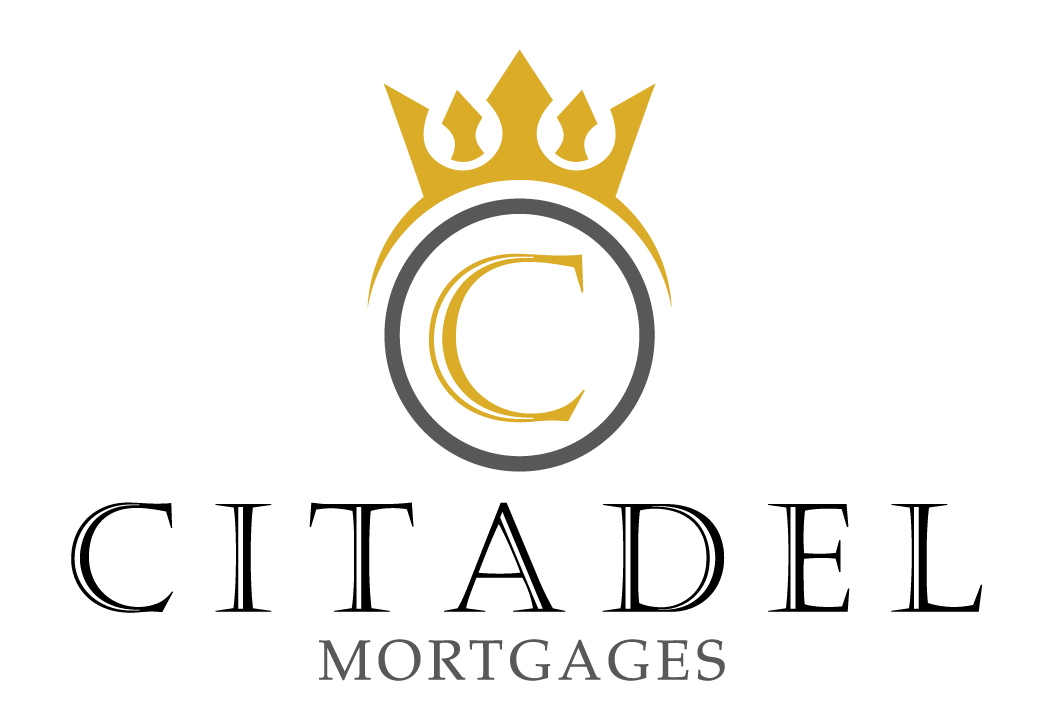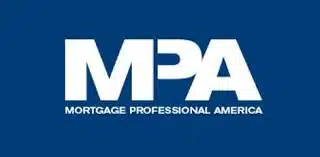Home Equity Line of Credit (HELOC) | Flexible Home Equity Solutions with Citadel Mortgages
Find the Best Home Equity Line Of Creidt Rates In Canada
Today’s Home Equity Line Of Credit Rates updated as of October 8, 2025 12:20 pm
For a property located in
Home Equity Line Of Credit Rates Start From*
7.15
*Other conditions apply. Rate in effect as of today.
Our Awards Since 2018

What is a Home Equity Line of Credit (HELOC)?
A Home Equity Line of Credit (HELOC) is a revolving credit line secured by your home’s equity. It allows homeowners to borrow money as needed, up to a pre-approved limit, with flexible repayment terms. Unlike a traditional mortgage, you only pay interest on the amount you use, making it a versatile financial tool for various needs.
How Does a HELOC Work?
You can apply for a HELOC through your current mortgage provider to request your home equity loan. Once approved, the lender sets a credit limit and provides the loan in a lump sum you can access as you need it. Like a mortgage, the amount is available with a variable or fixed interest rate over an agreed-upon term. Regular payments are made on your mortgage and loan at the same time.
Although it provides an opportunity to access the equity in your home, it is essential to remember that if you default on your payments, the lender can seize and sell your home. Despite this, many homeowners prefer this loan option as they get better interest rates than other credit options, especially credit cards. Although higher than mortgage rates, the interest rates offered still allow them to save money in the long run.
Types of a Home Equity Line of Credit (HELOC)
There are two types of HELOCs:
1. Home equity line of credit combined with a mortgage
This HELOC is also known as a readvanceable mortgage, combining a revolving HELOC with a fixed-term mortgage. Most lenders only expect you to pay the interest owed on your HELOC portion’s balance, making it easier to manage your fixed-term mortgage payments. Credit limits are based on a maximum of 65% of your home’s purchase price or market value. As you pay down your mortgage principle, your credit line limit increases.
2. Stand-alone home equity line of credit
A stand-alone HELOC is a revolving credit line using your home as a guarantee that you will repay the loan. It is not tied to your mortgage, and therefore you can apply for a stand-alone HELOC with any lender offering this type of loan product. Credit limits are based on the maximum 65% of your home’s market value. However, you can’t borrow more as you pay down your principal, as the amount borrowed is based on how much equity you have in your home when you apply.
OUR TRUSTED LENDER PARTNERS

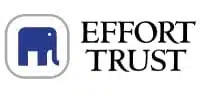

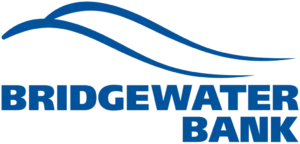
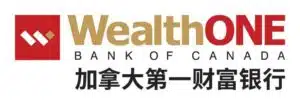


Best HELOC Rates in Canada
How Do I Calculate My HELOC?
HELOCs are based on your home’s current market value multiplied by 80% minus your mortgage balance. However, the amount available is limited to 65% of the value of your home.
Use Our Home Equity Line Of Credit Calculator Today!
Calculate Your Home Equity, Interest Rate, and Monthly Payments Below FREE, with No Obligations with our Home Equity Line Of Credit Calculator Now!
Secure | No Obligation | Get Approved Today
How Much Money Can I Borrow on a Home Equity Line of Credit?
The maximum credit limit on a HELOC is 65% of your home’s purchase price or market value.
HELOC vs. Mortgage Refinance
HELOCs are based on the equity available in your home, with a loan available up to 65% of your home’s value. Stand-alone HELOCs do not impact your mortgage. On the other hand, mortgage refinancing renegotiates your current mortgage contract amount, terms, interest rate, type, and amortization period.
As a result, it impacts your mortgage payments. Refinancing is beneficial if interest rates drop or your current monthly payments can be reduced through refinancing. However, refinancing allows you to borrow extra money against your home’s equity and roll that loan into your mortgage payments. It also allows you to access more home equity for up to 80% of your home’s market value compared to 65% with HELOCs.
Pros and Cons of HELOC
Pros of HELOC
- Easy access to additional credit
- You can choose only to pay interest on the amount you withdraw
- You can borrow what you need and pay off the entire balance without penalties
- An excellent option to consolidate debt
Cons of HELOC
- You are at risk of taking on more debt with access to money that makes it easier to overspend
- Interest rates could rise, making your payment amounts increase
- Risk of losing your home
Get a Home Equity Line Of Credit (HELOC) Approved Up to 80% Of the Equity In Your Home.
Get Approved today and use your equity in your home to get a secured line of credit or what is also called a HELOC! With a Home Equity Line of Credit or HELOC, equity can be released to be used for any purpose and is usually a minimum interest-only payment option.
A HELOC is attached to a chequing account and simple to use. You can access these funds through direct payment purchases using your debit card, by writing cheques, or through cash withdrawals. You will receive monthly statements, allowing easy management of your finances. Your account can also be linked to the telephone banking service, ensuring your account information is always only a phone call away.
Common Uses for a HELOC & Home Equity Line Of Credit
- Consolidate Debt
- Renovate Your Home
- Invest In Your Business
- Pay Off A Consumer Proposal
- Pay Mortgage Arrears
- Purchase Investments including Real Estate
- Pay for wedding expenses
- Pay for education
- Cover medical expenses
- Pay CRA tax arrears
- Pay property tax arrears
- Take a family vacation
- Purchase a car
- Get out of high-interest loans
- Invest In RRSP or RESP
- Pay off payday loans
- Pay Off Judgments, Garnishments
- Finance whatever your specific needs may be
FREQUENTLY ASKED QUESTIONS ON HELOC
What happens when you take a home equity line of credit?
Each month you’ll receive monthly bills indicating the minimum payment required based on your principal balance and interest. The amounts owed change as you access more of your available credit and/or pay down more of the principal.
How good of credit do you need for a home equity line of credit?
Lenders prefer homeowners to have a credit score of at least 620. The higher your credit score, the more lenders will be willing to offer up to your 65% maximum. Along with your credit score, you should also have a total loan-to-value ratio of 80% or less, as well as a low debt-to-income ratio.
How much money can I borrow on a home equity line of credit?
Your credit limit is based on a maximum of 65% of your home’s purchase price or market value.
Can a home equity line of credit be paid off early?
Yes, you can choose to pay off the entire balance at any time without penalties.
What is the difference between home equity and a home equity line of credit?
A home equity loan provides your loan in a lump sum payment with a fixed interest rate while a HELOC sets an available credit limit you can draw from when needed.
Does closing a HELOC hurt your credit?
Closing a HELOC only hurts your credit score if it decreases how much credit you have. If you have other credit available, the effects are minimal.
What Documents Do You Need For Your Home Equity Line Of Credit?
- Current Mortgage Information Statement – Must be dated same month as your application form, if you do not have one you can contact your mortgage lender and request one to be sent to you by email.
- Most recent property tax statement – If you do not have this, then you can get the most updated statement from your local city hall.
- Most recent NOA may be requested to show no income tax owing – If income tax owing it will need to be paid out from the new home equity loan upon closing.
- Job Letter and most recent pay stubs
- Other documents may be required, our mortgage agents here at Citadel Mortgages will help you if any other documents are required for your home equity line of credit (Heloc) needs
HELOC vs. Traditional Mortgage
| Feature | HELOC | Traditional Mortgage |
|---|---|---|
| Interest Rate | Variable, tied to the prime rate | Fixed or variable |
| Borrowing Amount | Flexible, up to a credit limit | Fixed loan amount |
| Repayment Terms | Pay interest-only during draw period | Monthly payments include principal and interest |
| Flexibility | High; borrow and repay as needed | Low; fixed payment schedule |
Read about how fixed and variable rates compare on the Government of Canada website.
Costs Associated with a HELOC
When applying for a HELOC, there are some costs to consider:
- Appraisal Fee: To determine your home’s current market value. This fee typically ranges from $300 to $500.
- Legal Fees: Covers the cost of registering the HELOC against your property. Expect to pay $500 to $1,000.
- Administrative Fees: Some lenders may charge a setup fee, which can range from $100 to $500.
- Interest Costs: Based on the variable rate tied to the lender’s prime rate.
We compare mortgage rates from top lenders, including BMO mortgage rates, CIBC mortgage rates, RBC mortgage rates, TD Bank Mortgage Rates, and MCAP mortgage rates, alongside our exclusive Citadel Smart Home Plan mortgage rates. Let us simplify the process and help you secure approval quickly and stress-free!
Final Thoughts - Home Equity Line of Credit
A Home Equity Line of Credit offers unparalleled flexibility and can be a powerful financial tool when managed responsibly. At Citadel Mortgages, we guide you through every step, from understanding your options to securing the best HELOC solution for your needs.
At Citadel Mortgages, we specialize in helping Canadians navigate the complexities of mortgage rates and terms. Whether you’re looking for a 6-month fixed rate, a 5-year variable, or something in between, our team is here to provide personalized guidance and access to the best rates in Canada.
